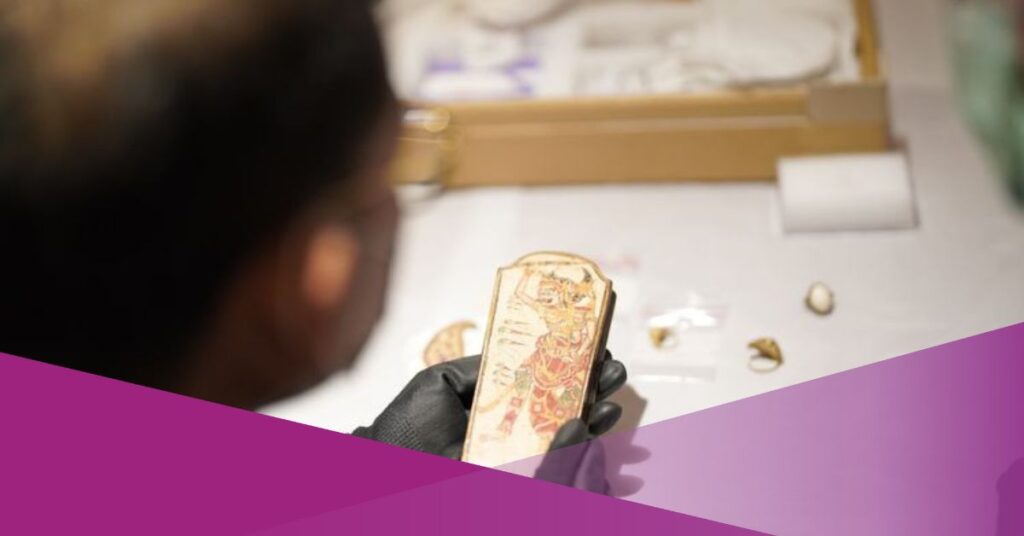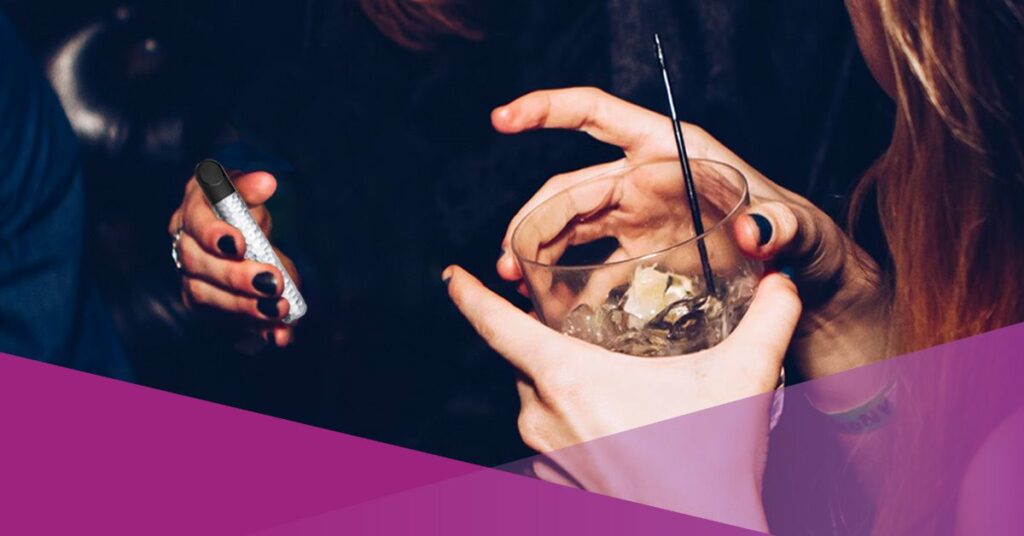In our fast-paced and hyper-connected world, our lives are increasingly intertwined with digital devices. From smartphones to laptops, we find ourselves constantly immersed in a digital sea. While technology has undoubtedly brought numerous benefits, the constant barrage of notifications, information, and social media updates can take a toll on our well-being. Enter the concept of “digital detox” – a conscious effort to disconnect from our screens and reclaim a sense of balance in our lives.
The Digital Onslaught

The digital revolution has transformed the way we work, communicate, and entertain ourselves. However, the constant exposure to screens and the never-ending stream of information can lead to a range of issues, including digital fatigue, anxiety, and even sleep disturbances. The pressure to be constantly connected can also contribute to a sense of being overwhelmed, leading to a negative impact on mental health.
Understanding Digital Detox

Digital detox is a practice aimed at temporarily disconnecting from digital devices to reduce stress, improve focus, and promote overall well-being. It involves creating intentional and mindful breaks from screens, allowing individuals to reevaluate their relationship with technology. This doesn’t mean completely abandoning technology but rather finding a healthy balance that suits individual needs.
Benefits of a Digital Detox

Improved Mental Health
Constant exposure to digital stimuli can contribute to feelings of anxiety and stress. Taking a break for a period of time from screens allows the mind to reset, reducing the habit of using a smartphone and mental fatigue and living a simpler life with a sense of calm.
Enhanced Productivity
Excessive screen time can disrupt productivity due to distractions and information overload. A digital detox can help individuals to focus on tasks without the constant interruption of notifications, leading to increased efficiency.
Better Sleep Quality
The blue light emitted by digital screens can interfere with the production of melatonin, a hormone responsible for regulating sleep. This is another reason to do a digital detox, especially before bedtime, which can contribute to improved sleep quality and better overall health.
Increased Face-to-Face Interaction
Digital detox may encourage people to engage in the real-world and concentrate on face-to-face interactions. This fosters stronger connections with friends and family and promotes a sense of community.
Tips for a Successful Digital Detox

Set Clear Boundaries
Take small steps of the amount of time you spend online. Define and make it specific times during the day or week when you will disconnect from digital devices. This could be during meals, before bedtime, or on weekends.
Create Tech-Free Zones
Designate certain areas in your home, such as the bedroom or dining area, as tech-free zones. This helps in establishing clear boundaries between digital and non-digital spaces.
Use Technology Mindfully
When you do use technology, do so with intention. Avoid mindless scrolling and set limits on social media usage. Consider using apps that track screen time and provide reminders.
Engage in Offline Activities
Rediscover hobbies and activities that don’t involve screens. Whether it’s reading a physical book, going for a walk, or practising a hobby, engaging in offline activities is essential for a successful digital detox.
Navigating the Digital Age Through Digital Detox
In a world dominated by digital connectivity, the concept of a digital detox is more relevant than ever. Taking intentional breaks from screens benefits our mental and physical health and allows us to reconnect with the world around us. Striking a balance between the advantages of technology and the need for personal well-being is key to navigating the digital age successfully. Embracing the art of digital detox can lead to a more mindful and fulfilling life in our ever-connected world.











































